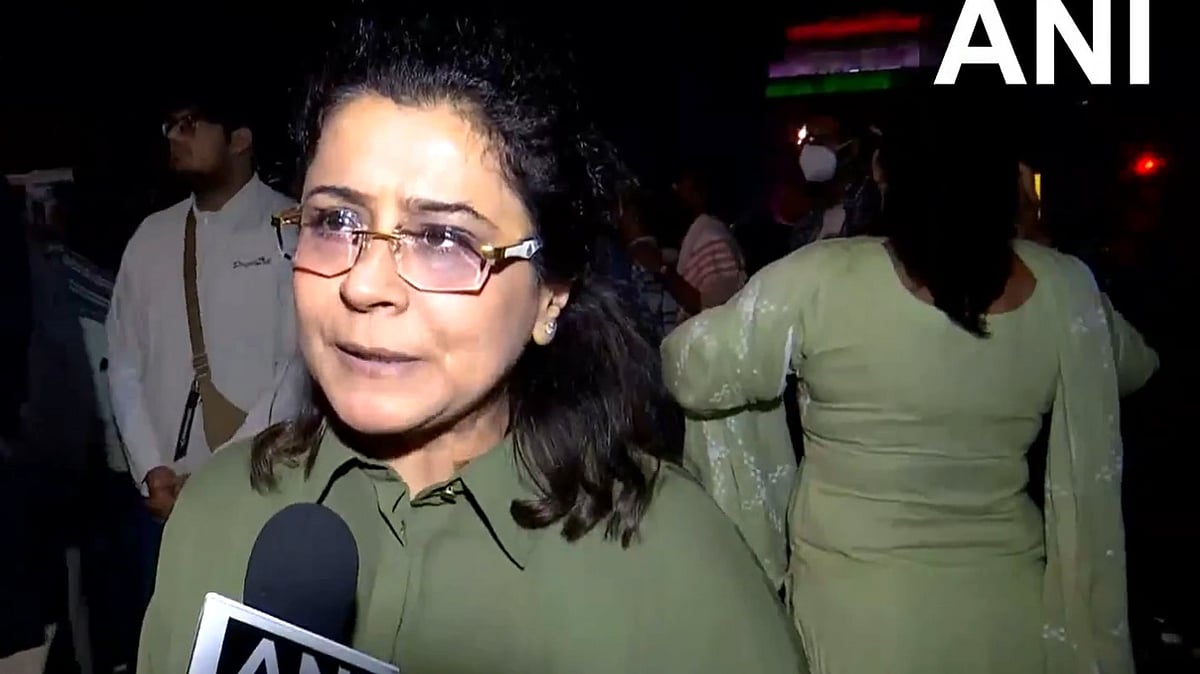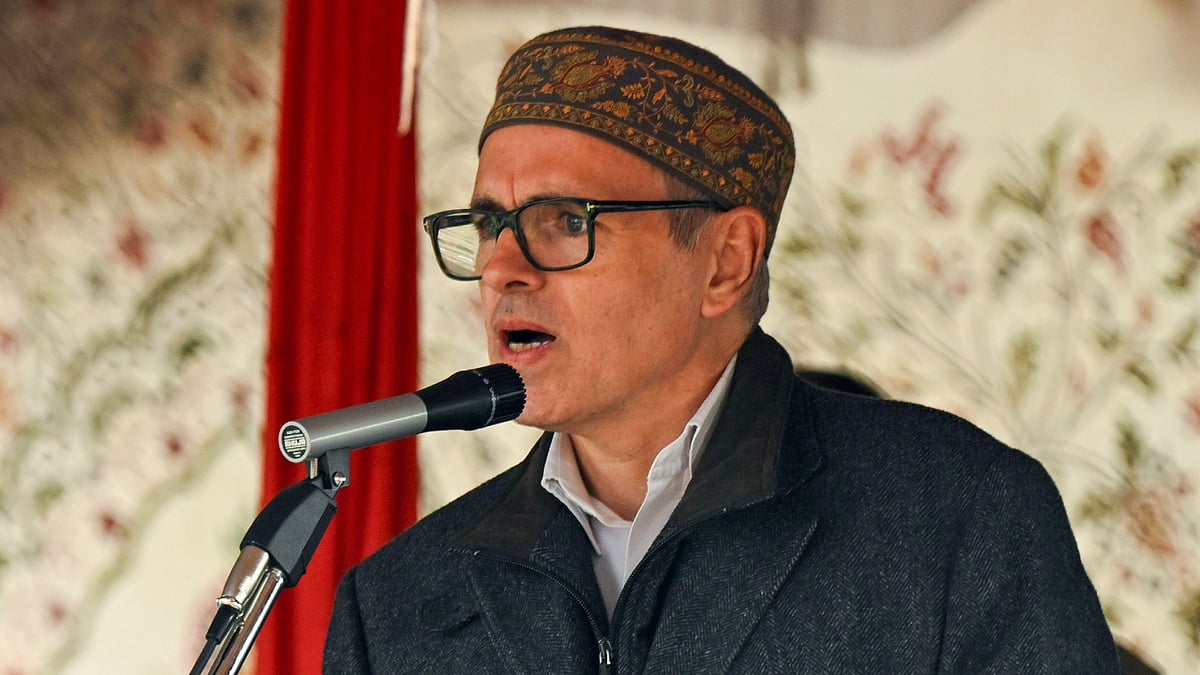Raipur: Guru Ghasidas Central University, Bilaspur, the sole Central University in Chhattisgarh, has been ranked among the Top 50 Universities in India in The Times Higher Education World University Rankings.
This marks the first time that Guru Ghasidas Central University has earned a place in the international rankings, falling within the 1001-1200 range. This places it among Indian universities ranked from 44th to 57th. This achievement reflects the university's efforts in implementing the National Education Policy-2020 according to the roadmap and fostering a positive academic environment.
Vice-Chancellor Assumes Office in 2021
Professor Alok Kumar Chakrawal assumed the position of Vice-Chancellor on July 24, 2021, and has introduced significant initiatives through innovation and collaboration to create a high-quality educational environment, according to an official communication.
Through agreements with various national and international institutions, the university has enabled over 1200 students to become self-reliant by developing their skills. Various programs such as the Swavalambi Chhattisgarh scheme, Guru Ghasidas University Swabhiman Thali (GST), Guru Ghasidas University Shravan Line Scheme (GSL), National Service Scheme, and Unnat Bharat Abhiyan provide practical and experiential knowledge to students while raising awareness of their social responsibilities.
Promotion of Entrepreneurship and Innovation
The university has promoted entrepreneurship and startups by establishing an Innovation Centre, Skill Development Centre, and Technology Enabling Centre. Over 15 startups have been launched, 250 patents filed, a Central Research Institute established, and five technologies included at the national level in the recent Tech Punjab showcase of 70 best technologies.
The communication states that 1,799 universities participated in the ranking from 104 countries, one of the highest participation rates in the world. The ranking was based on an analysis of 121 million citations from 15.5 million research publications through a survey of 40,000 researchers.










